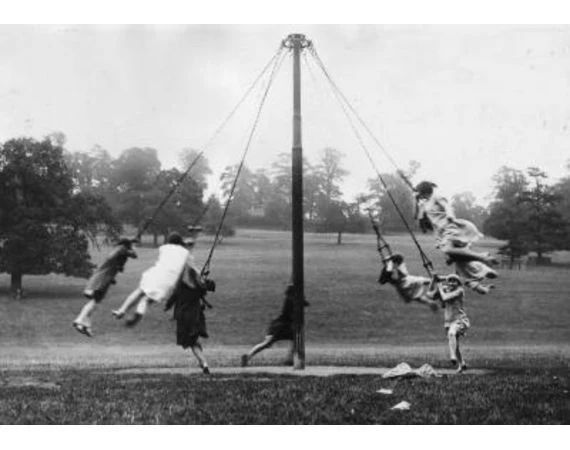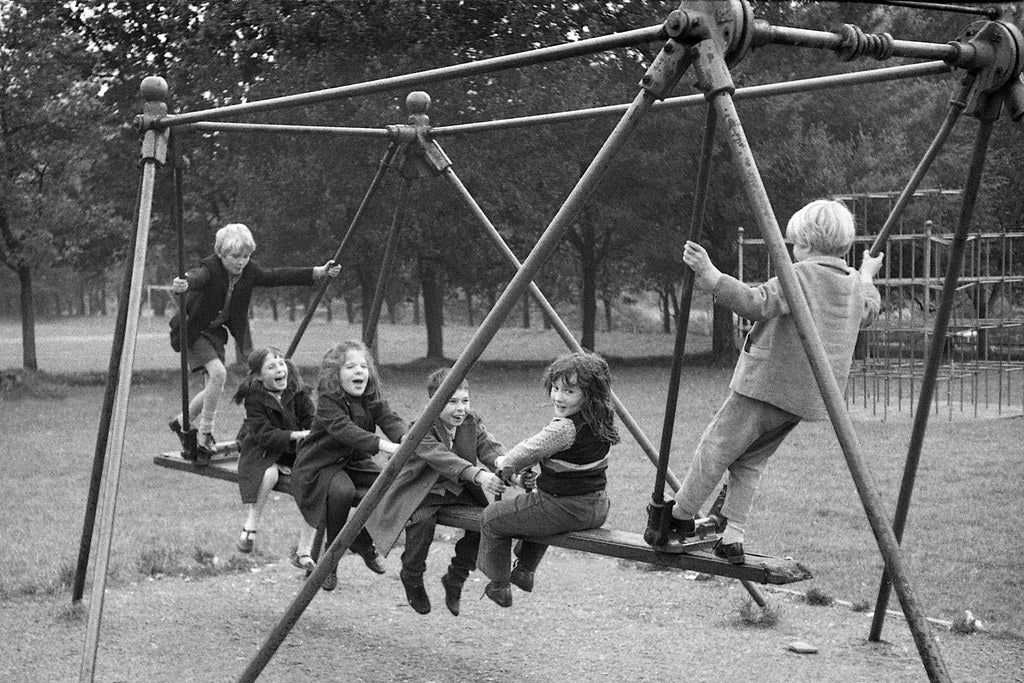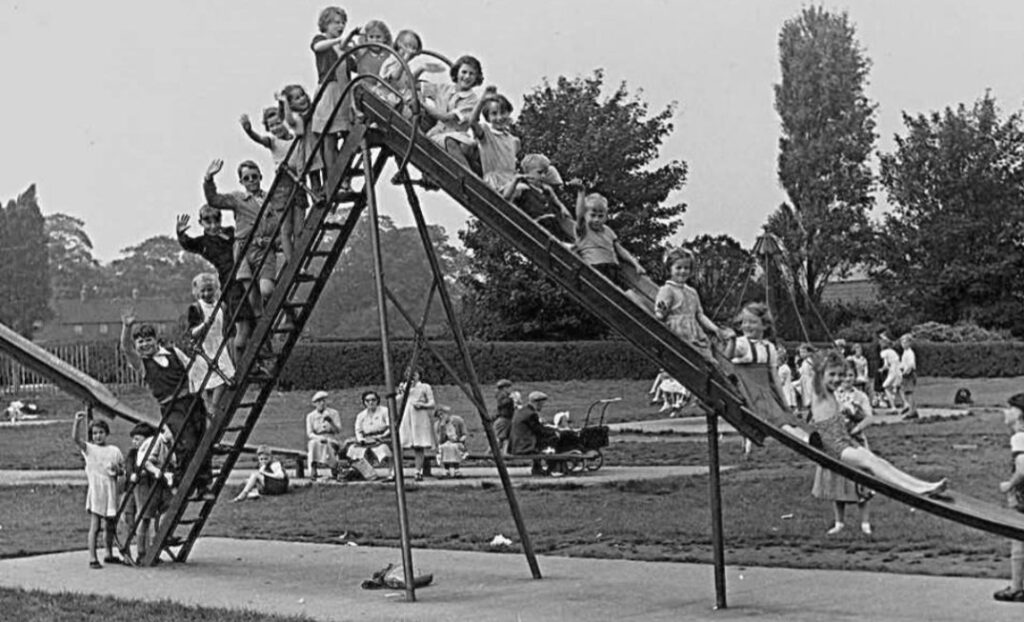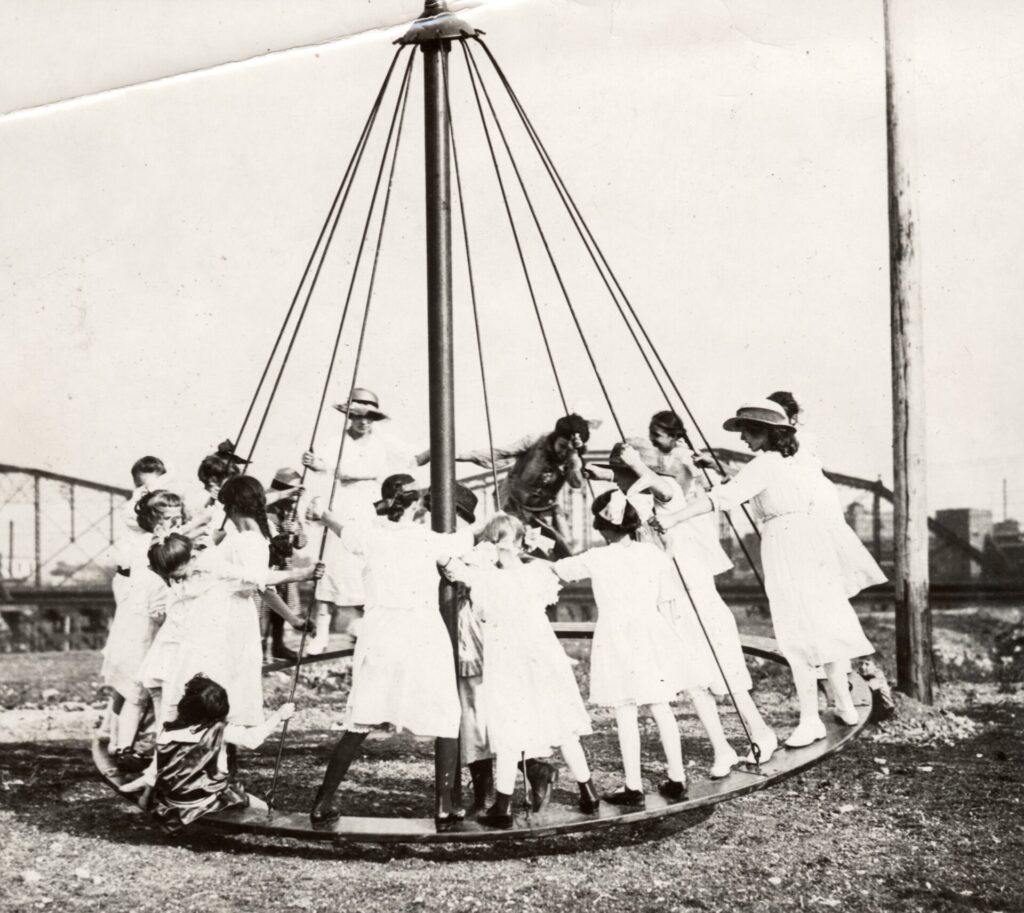Playgrounds have been an essential part of childhood for centuries, but their design, purpose, and safety measures have evolved dramatically. From early rudimentary play spaces to today’s highly inclusive and safe environments, playgrounds reflect changes in society, education, and technology. Below is an overview of how playgrounds and their equipment developed through different historical periods.
1. The Birth of Playgrounds: Who Invented Them and Why?
The modern playground concept can be traced back to Friedrich Froebel, a German educator in the early 19th century. He is best known as the creator of kindergarten, where he emphasized structured play as a crucial part of a child’s development. Froebel and other education reformers believed that play was essential for learning motor skills, socializing, and fostering creativity.
As urbanization increased in the 19th century, cities started to see the need for dedicated spaces where children could play safely away from busy streets. This idea eventually led to the establishment of playgrounds as we know them today.

2. The History of Swings: From Ancient Times to the Playground Staple
Swings have existed for thousands of years, with some of the earliest artistic depictions found in Minoan civilization artwork (1450-1300 BC). Ancient Greek and Roman societies also had versions of swings, often as entertainment for both children and adults.
The modern playground swing, with its sturdy chains and safe seating, was developed in the early 20th century by Charles Wicksteed, an English engineer who played a significant role in designing early playground equipment. Today, swings remain a playground favorite, with variations such as tire swings and adaptive swings for children with disabilities.
3. 1821 to 1900: The Development of Early Playgrounds
During the 19th century, cities started seeing the negative effects of industrialization on children, particularly in urban areas where streets were the main play areas. Reformers advocated for structured play spaces, leading to the establishment of the first dedicated public playgrounds in Germany in the 1850s.
By the late 1800s, playgrounds had begun appearing in America and England, featuring simple equipment such as sand gardens, climbing frames, and basic swings. These early playgrounds were primarily designed to promote physical fitness and social interaction.
4. 1900 to 1930: The Playground Movement and Organized Play Spaces
This era marked the beginning of formalized playgrounds. The Playground Association of America (founded in 1906) was instrumental in promoting playground construction and advocating for safer, standardized equipment. Cities across the U.S. started investing in “model playgrounds”, which featured early versions of slides, monkey bars, and seesaws. During this period, the emphasis shifted from just having space for children to designing environments that encouraged social development and teamwork. The idea of structured play and supervised playgrounds also gained traction.

5. 1930 to 1950: The Great Depression, War, and Playground Innovation
The economic struggles of the Great Depression (1930s) slowed playground development, but the idea of community-built playgrounds emerged as a cost-effective solution. Governments and local groups repurposed materials to create play structures.
During World War II, many playgrounds incorporated military-style obstacle courses to help children develop agility and strength, preparing them for potential future service. Despite these challenges, playgrounds remained an important part of childhood, and their designs reflected both economic constraints and wartime influences.
6. 1950 to 1970: The Rise of Themed and Creative Playgrounds
The post-war economic boom and increased focus on child development led to a more creative approach to playground design. Playgrounds started incorporating fantasy themes, space-age designs, and imaginative structures inspired by fairy tales, castles, and rockets.
During this time, junk playgrounds (also known as adventure playgrounds) emerged in Europe. These were made from recycled and found materials, encouraging children to build and modify their play environments. The emphasis was on creativity, problem-solving, and free play rather than structured equipment.
7. 1970 to 1999: Standardization, Safety, and Regulation
With the increase in playground popularity came growing concerns about safety. Reports of injuries led to the introduction of official safety standards and guidelines for playground design. Materials like metal and hard concrete were gradually replaced with plastic, rubber, and softer landing surfaces to prevent serious injuries.
In the late 20th century, playgrounds also became more inclusive, with a greater focus on making play spaces accessible for children with disabilities. Organizations like the Americans with Disabilities Act (ADA) influenced playground design to accommodate all children.
8. 1999 to Present: Inclusive and High-Tech Playgrounds
Modern playgrounds focus on inclusivity, incorporating adaptive swings, sensory play equipment, and wheelchair-accessible structures. Play spaces now cater to children of all abilities and developmental needs, ensuring that everyone can participate in play.
In addition, technology has started influencing playgrounds with interactive features such as augmented reality games, electronic play panels, and smart playgrounds that track movement and fitness levels. Nature-inspired designs and sustainable materials have also become popular, reflecting society’s increasing awareness of environmental concerns.

Conclusion: The Future of Playgrounds
From their humble beginnings as simple play spaces to the highly engaging, safe, and inclusive environments of today, playgrounds have come a long way. While the equipment may continue to evolve with new technologies and designs, the core purpose remains the same—to provide children with a place to explore, socialize, and develop essential physical and cognitive skills through play.




